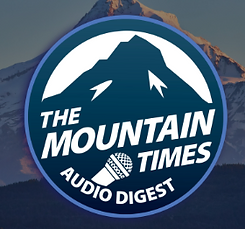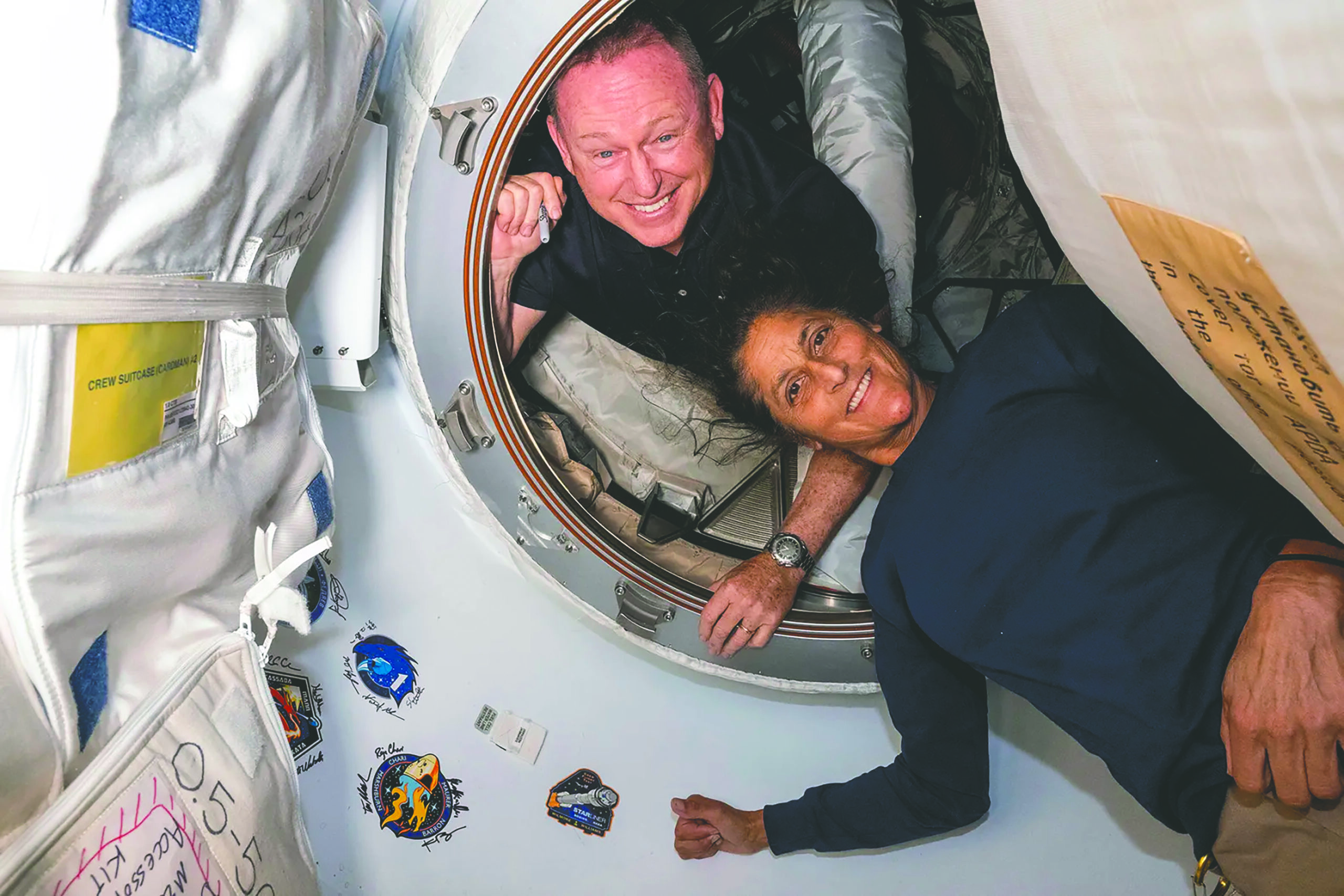By Dr. Robert Kelly, D.M.D.
The Mountain Times
I saw in the news this week that 2 NASA astronauts in space will be hanging out quite a bit longer in the international space station than originally planned. They went up in the Boeing Starliner with plans to return in eight days. Due to problems with the test flight of the Starliner they will not be returning on it but will have to wait eight months, returning on the Space X ship instead. Hopefully the two astronauts get along well with each other or that is a long eight months!
This coincides with research that has been ongoing by a group at the Dental College in India, led by Jumana Hasin Abdul Samathu. They are studying dental care protocols and researching technology to help astronauts take better care of their oral health.
Being in space presents astronauts with unique health problems. Among them, the reduced gravity in space can significantly alter bodily functions, including fluid distribution in the body, muscles and bone structure, and immune responses. All of these things can affect oral health.
For the two common dental problems we have on earth, cavities and periodontal disease, it has been shown that astronauts are even more susceptible to both. The altered bacterial environment along with the reduction of protective saliva output in space can increase human risk of developing dental problems. Being in space can lead to noticeable changes in the mouth like “dry mouth,” which presents higher risks for dental problems. We know this based on the history of astronauts’ time in space.
The lower gravity environment also leads to more virulent bacteria and more antibiotic resistance as well as reducing human’s oral immunity, making astronauts more prone to infection.
Another impact in space is that changes in gravity and temperature can affect dental restorations like fillings and crowns. As pressure fluctuations occur in space, this can affect the durability of fillings as well as increasing the chance of them coming loose and falling out.
The researchers’ goal is to not only improve the protection of astronauts from dental problems but also to drive further innovations in dental science that could benefit all of us on earth.
This is not far-fetched thinking at all, as there have been many advances in our world that have initially come from technology affiliated with space travel. Some examples of those innovations are the cameras in our phones, scratch resistant glass lenses, LED lighting, water purification systems, ear thermometers, memory foam, freeze dried food, baby formula, portable laptop computers, a computer mouse and even the athletic shoes Nike Air! That’s a lot of innovation that started from space travel technology.
As you can see this ongoing research can surprise us with benefits. What seems like a small step at the time could be a giant leap later!



